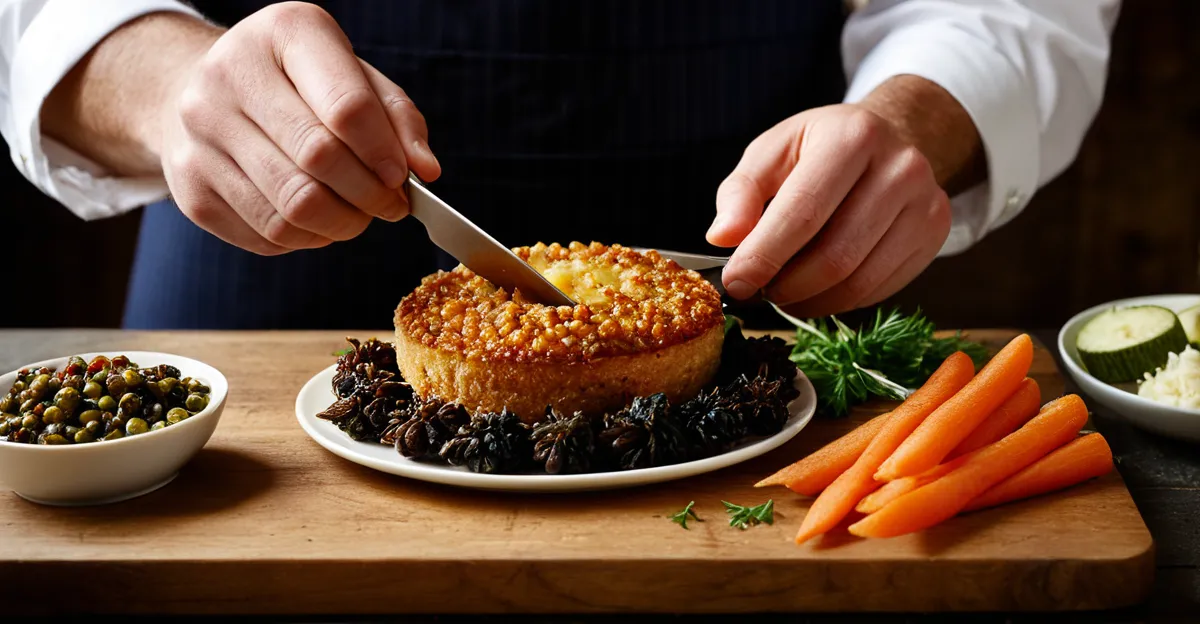The Foundations of British Cuisine and Its Evolution
British cuisine history reveals a tapestry woven from its traditional roots and evolving cultural influences. Initially, British food was defined by regional staples such as oats, root vegetables, and hearty roasts, reflecting the island’s agrarian lifestyle. The medieval period saw the introduction of spices and cooking techniques brought by traders, setting the stage for culinary diversity UK would later embrace.
Over centuries, major waves of immigration profoundly shaped Britain’s food tradition evolution. Norman and Roman influences introduced new ingredients and cooking methods, but it was the extensive arrivals from former colonies in the 20th century that accelerated change. Indian, Caribbean, and Chinese immigrant communities, for example, brought rich culinary traditions that became embedded in the national palate.
Additional reading : What are the essential tips for making a perfect shepherd’s pie?
British cuisine has since evolved from isolated regional specialities into a nationally diverse cuisine celebrated for its fusion of flavors. This evolution mirrors the social fabric of the UK, where food traditions continuously adapt and intermingle. Today’s British table showcases a vibrant blend of historical recipes and global influences, symbolizing both heritage and innovation in the nation’s culinary identity.
Influences of Immigrant Communities on British Food
Immigrant cuisine UK has played a pivotal role in enriching Britain’s culinary landscape. Indian, Caribbean, and Chinese communities, arriving predominantly in the 20th century, introduced vibrant flavors and cooking techniques that deeply influenced British food culture. This ethnic food influence is evident in popular dishes such as chicken tikka masala, jerk chicken, and sweet and sour pork, all of which have become staples in the UK’s food tradition evolution.
Also read : How can you recreate the flavors of a classic Sunday roast?
These communities not only brought recipes but also transformed local food markets. Immigrant entrepreneurs often established small restaurants and grocery shops, making multicultural food Britain more accessible beyond their communities. For example, curry houses helped popularise Indian cuisine nationwide, while Chinese takeaways and Caribbean food shops became common in urban centers.
Their contributions extend beyond just taste; these cuisines foster a richer culinary diversity UK consumers now celebrate. Immigrant cuisine UK continues to inspire new generations of chefs, blending tradition with innovation. This enduring ethnic food influence is foundational to understanding Britain’s dynamic food culture, where immigrant heritage and British tastes merge seamlessly, reflecting the nation’s ongoing cultural dialogue through food.
Fusion Cuisine and Modern Food Trends in Britain
British fusion cuisine reflects a dynamic culinary innovation UK landscape, blending traditional British ingredients with global flavours. This melding creates dishes that are both familiar and exciting, such as Asian-inspired fish and chips or spiced shepherd’s pies. These innovations illustrate how British cuisine history continues to evolve, embracing new culinary techniques and ingredients.
Celebrity chefs play a pivotal role in modern British food, popularising fusion concepts through television and restaurants. Their creativity encourages home cooks and food businesses to experiment, broadening the culinary diversity UK experiences today. High-street food chains also contribute by introducing international-inspired menus, making global tastes accessible across the country.
Furthermore, the use of international ingredients has become commonplace in everyday British cooking. Items like quinoa, chilli, and exotic spices now appear regularly alongside traditional staples. This trend highlights how food tradition evolution in Britain is not static but constantly adapting, reflecting the nation’s diverse population and global connections. Modern British food, therefore, represents a continual dialogue between heritage and innovation, satisfying changing palates while respecting past influences.
Cultural and Social Factors Shaping British Culinary Diversity
Urbanisation and multicultural cities strongly shape the UK food culture by creating spaces where diverse food traditions intersect. Cities like London, Birmingham, and Manchester serve as hubs for diversity in British eating, where residents enjoy access to a variety of cuisines daily. This environment encourages experimentation and acceptance of new tastes, reinforcing the ongoing social influence on food UK reflects.
Food in the UK often functions as both a symbol of identity and a tool for integration. For immigrant communities, traditional dishes preserve cultural heritage while also enabling social connections. Shared meals and food exchanges foster community bonds, easing cultural integration and enriching the wider British palate.
Festivals and food markets play a vital role in promoting culinary diversity UK embraces. Events showcasing multicultural foods provide opportunities for people to experience and appreciate different culinary heritages. Schools too contribute by incorporating diverse food education, encouraging openness and understanding from a young age. Collectively, these social factors nurture a vibrant, inclusive UK food culture built on mutual respect and culinary curiosity.


